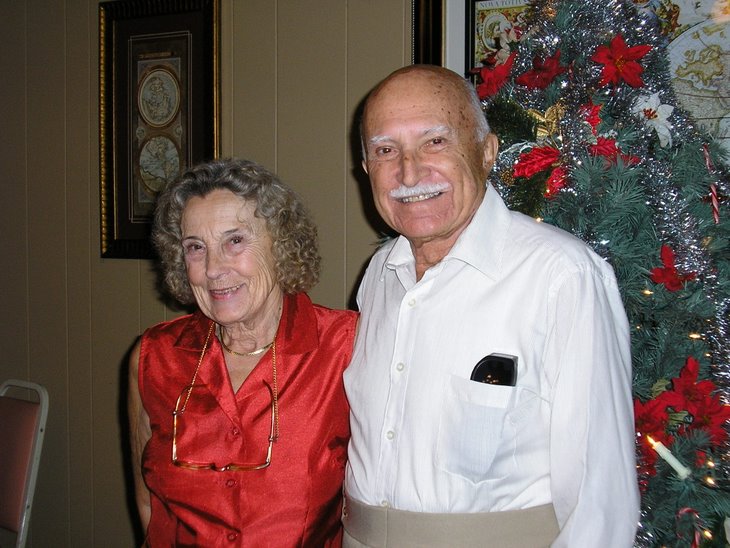http://www.forgefx.com/casestudies/prenticehall/
http://www.woophy.com/map/index.php
http://www.signalmap.com/
Mail To
Are you an avid Web page designer? I mean, maybe you're not a complete pro yet, but perhaps you like to experiment with the different features your Web site program (FrontPage, Dreamweaver, etc.) offers. Sound about right? Well, we all know that it takes a lot to put a Web page together and every program does things a little differently, but there is one thing that always stays the same within Web site creation.
What is it, you ask? It has to do with inserting e-mail addresses into a Web page. There may be times when you want to link an e-mail address on your site so that your readers can click on it and be able to instantly e-mail that person. To do this, you must type mailto: before the actual address. For example, if you were e-mailing us here at WorldStart, you would type: mailto:worldstart@worldstart.comDisable That Error - Video Tip
If you are tired of the error report poping up asking you to report to Microsoft. You can disable it by going to this site
http://imgsrv.worldstart.com/videotips/index.htm
When typing an email in Outlook Express, if you want to underline a word, just click the word and click Control Key + U to underline it. You don't have to highlight the word, just click any place on the word. You can make a word bold the same way by using the B key instead of the U key.
Manage Your Tasks!
Windows XP (All Versions) and Windows Vista (All versions)
Windows task manager is probably one of the most powerful programs on your computer. And probably one of the most underused. You can use it to stop or start Windows Services, check your computers performance, to end processes (programs) and to view all running applications on your computer - and more.
Task Manager shows you the programs, processes, and services that are currently running on your computer. You can use Task Manager to monitor your computer’s performance or to close a program that is not responding.
If you are connected to a network, you can also use Task Manager to view network status and see how your network is functioning. If more than one user is connected to your computer, you can see who is connected, what they are working on, and you can send them a message.
One of the ways we use Task Manager the most is to end problematical programs (processes). Have you ever had a program "freeze" or just refuse to close even if you clicked the "X" in the program toolbar until you were blue in the face? We all have had these kinds of experiences. The next time that happens, remember Windows Task Manager. You can end any unruly program by clicking the "Processes" tab, right-clicking on the application's name and choosing "End Process". It will terminate that process in an instant. A great way to avoid rebooting your computer when you find there's a program open on your computer that has become frozen and refuses to close.

No comments:
Post a Comment